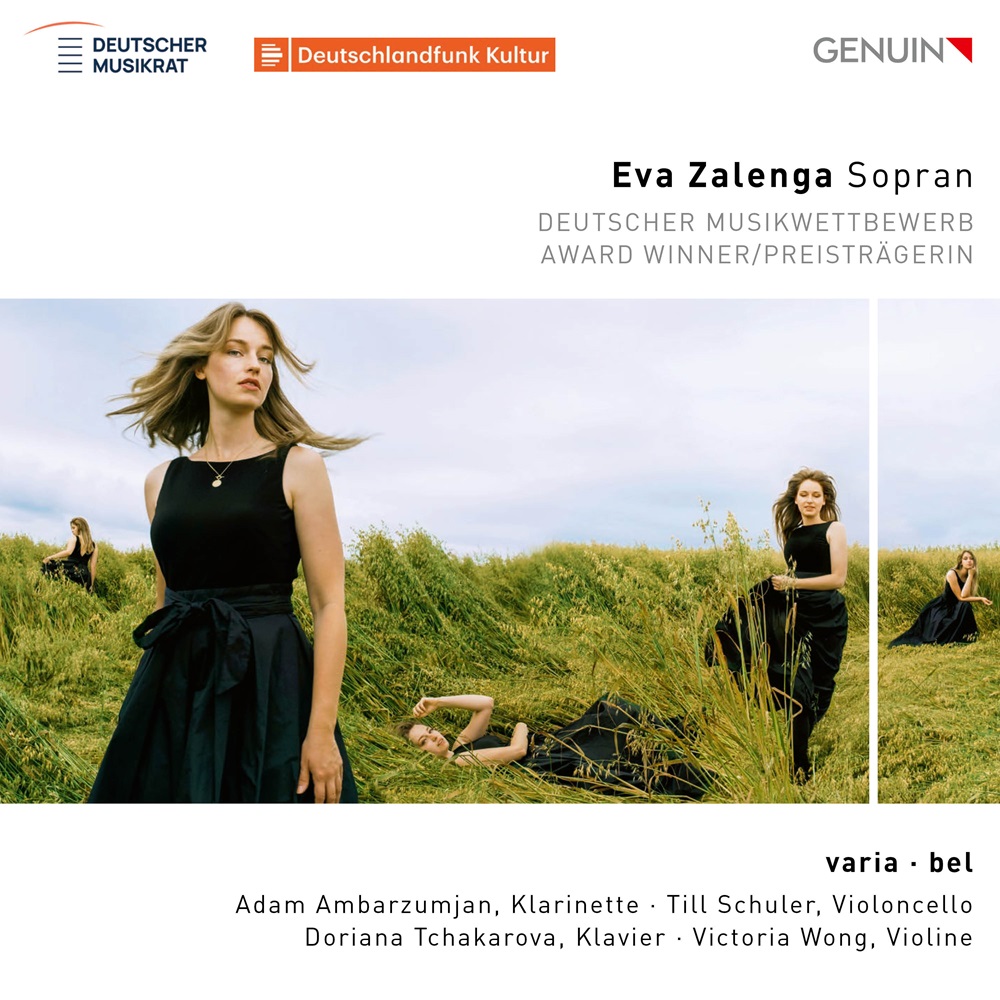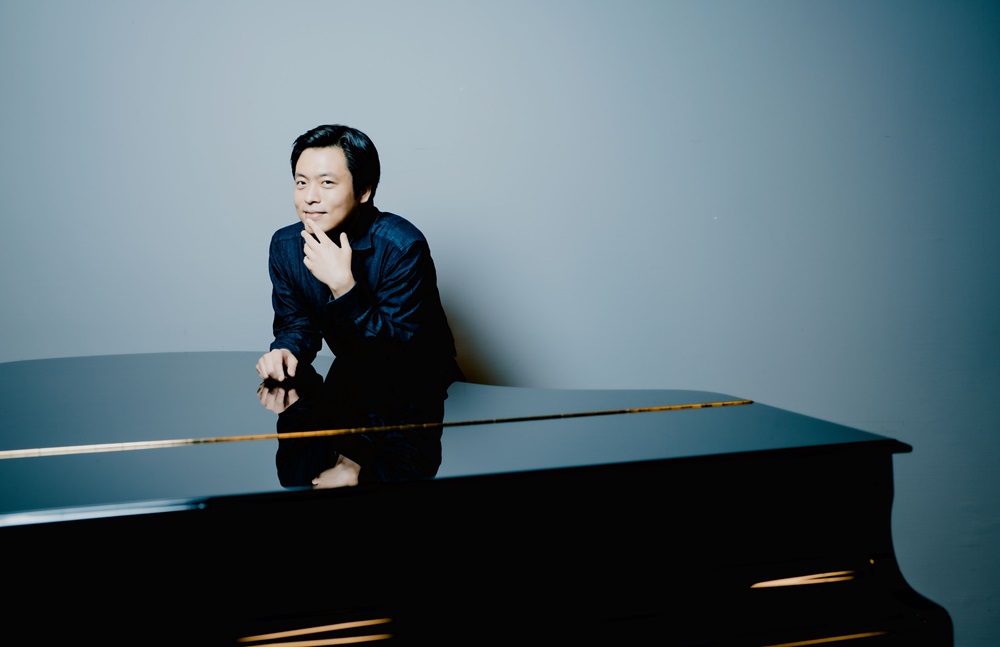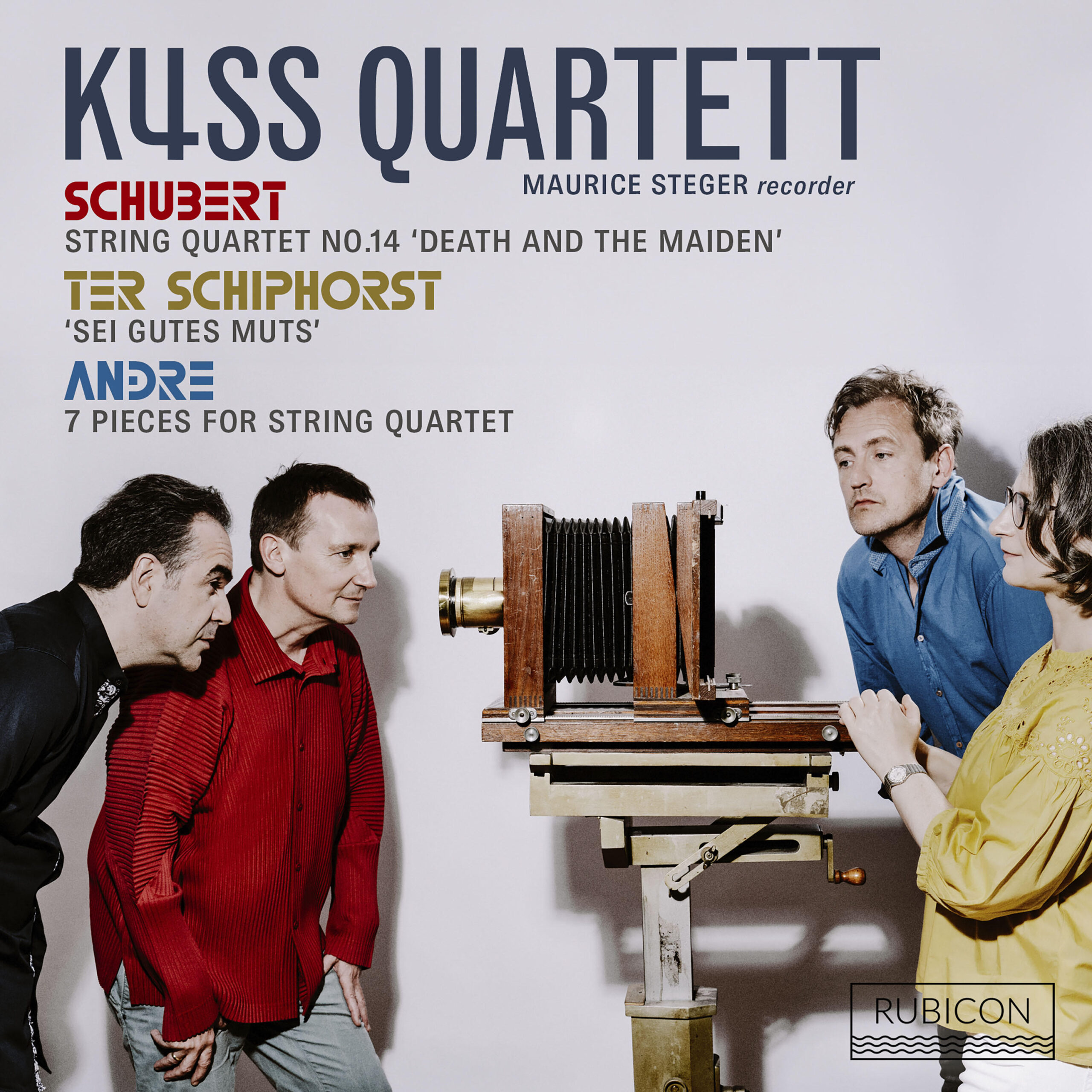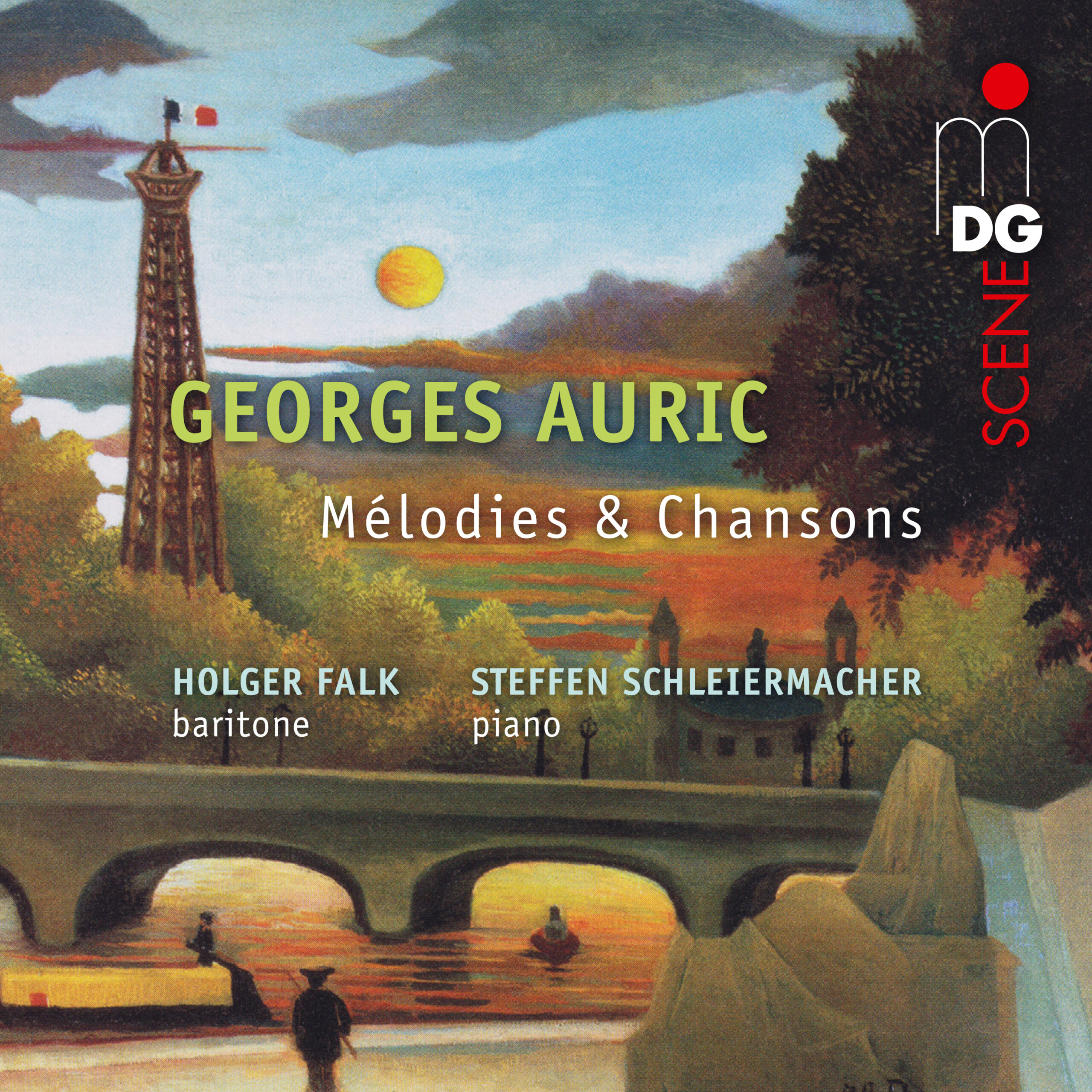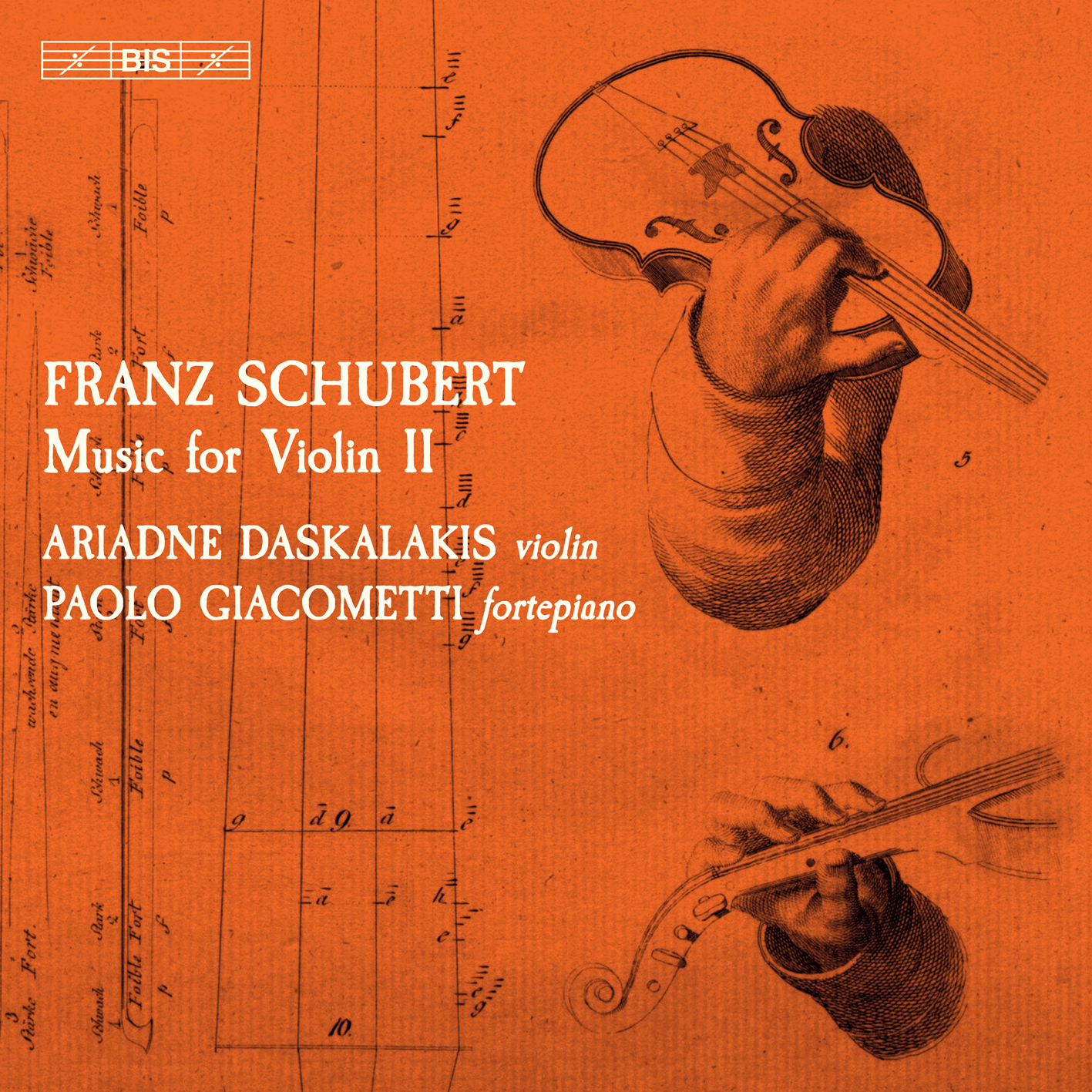
Ariadne Daskalakis completes the two-part recording of Franz Schubert’s complete violin works
This recording by the Greek-American violinist Ariadne Daskalakis and Italian-Dutch pianist Paolo Giacometti completes BIS’ presentation of all originally published works by Franz Schubert for solo violin with orchestra and with fortepiano. The complete traversal is presented on period instruments, tuned at 430 Hz. Volume I, released in 2019 (with the Kölner Akademie under M. A. Willens), garnered enthusastic reviews: the magazine The Strad for example wrote that the orchestral works „…in Ariadne Daskalakis’s skilled hands cascade off the fingerboard with a litheness and shimmering delight that capture the music’s innate charm and dance-like vivacity with a beguiling sureness of touch.“ (Julian Haylock)
The pieces with piano on both SACD’s were recorded in Leiden (NL), using an original Viennese fortepiano built by Salvatore Lagrassa in 1815 – thus it is a contemporary of the sonatas, written in 1816 and 1817. Ariadne Daskalakis plays a violin by J.B. Guadagnini built even earlier, in 1754. She uses a classical Vils-bridge model and gut strings.
The CD opens with the virtuosic Rondeau brillant written in 1826. Schubert composed this late work for the violinist Josef Slavik, who was celebrated by Viennese critics as a next Paganini. Daskalakis confirms that the Rondo has „a certain demonic intensity and breathlessness…. in turn dramatic, playful, gentle, seductive and wild.“ She and Giacommetti, who first met in the 1990’s as students at the Festival Musikdorf Ernen, demonstrate not only technical prowess but also the full scope of the music’s drama and tenderness.
The following Sonatas in D-Major and A-minor are early gems. They contrast markedly and are both perfectly proportioned. Technically accessible, they were most likely written for Schubert’s elder brother Ferdinand, who led the family string quartet in which Franz played the viola. The Sonata in A-Major which ends the disc was written a year later; it is more challenging for the performers and testifies to Schubert’s continual development.
